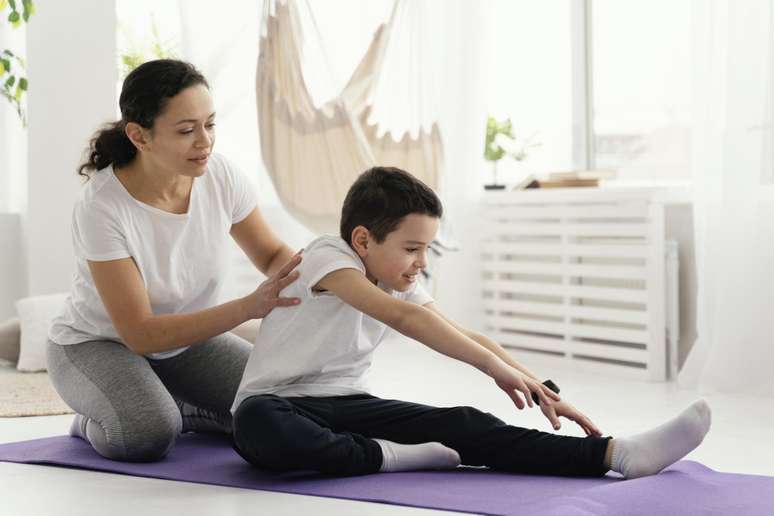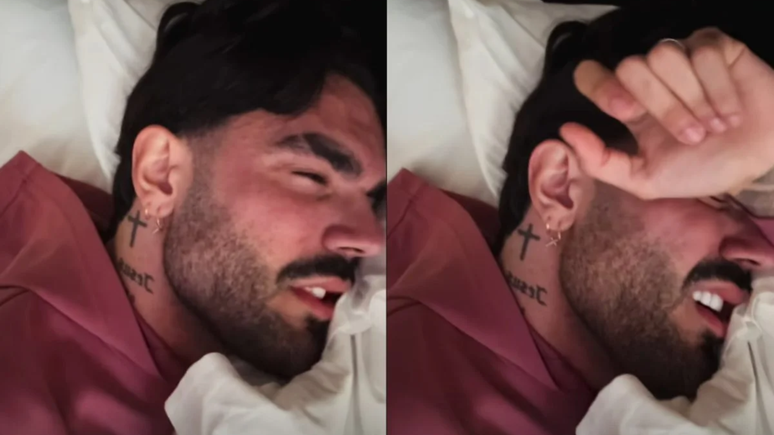Research underlines that physiotherapy helps in the motor and social development of children with ASD
In this scenario, the treatment was a fundamental ally to promote the autonomy and quality of life of shorties
The autism spectrum disorder (ASD) affects about 1 out of 100 children worldwide, according to data from the World Health Organization (WHO). In addition to the challenges relating to communication and social interaction, many children with autism also have motor difficulties. They can compromise daily activities such as running, game or dressing alone.
In this scenario, physiotherapy was a fundamental ally to promote autonomy and quality of life. A study published in the Journal of Autism and Development Disorders stressed that structured motor therapy programs have led to significant improvement in coordination and balance in 70% of the children evaluated.
Autism and physiotherapy
Already Brazilian research, such as those conducted at the Federal University of San Carlos (UFSCAR), point out that even the regular practice of the exercise led by physiotherapists contributes to the increase in social participation in school and recreational activities.
According to the pediatric physiotherapist Dr. Ana Clara Carvalho, follow -Up -Up soon makes the difference. “Often, the motor challenges of autism are not unnoticed, but have a direct impact on learning and social interactions. Physiotherapy helps to develop basic motor skills, such as coordination, strength and balance, which are reflected in greater independence in daily life”, he explains.
The earnings go beyond the physical body. The search for the American Journal of Occupational Therapy shows that by improving motor skills, the child with tea also expands their opportunities for interaction with colleagues and family members, as they can actively participate in games, sports and collective games.
For the expert, the approach must always be personalized
“Each child has different needs. While some must work excellent coordination to contain objects, others benefit from resistance and balance exercises. The secret is to adapt the therapeutic program to the reality of each patient.”
In addition to traditional exercises, Dr. Ana Clara stresses that playful characteristics such as games, motor circuits and ball activities are often used in physiotherapy sessions, increasing the involvement of children and making the therapeutic process more fun.
With increasingly robust scientific evidence, physical therapy consolidates itself as a pillar of the multidisciplinary treatment of children with autism, contributing not only to the progress of motor, but also to the social and emotional gains that affect the entire family.
Source: Terra
Ben Stock is a lifestyle journalist and author at Gossipify. He writes about topics such as health, wellness, travel, food and home decor. He provides practical advice and inspiration to improve well-being, keeps readers up to date with latest lifestyle news and trends, known for his engaging writing style, in-depth analysis and unique perspectives.









